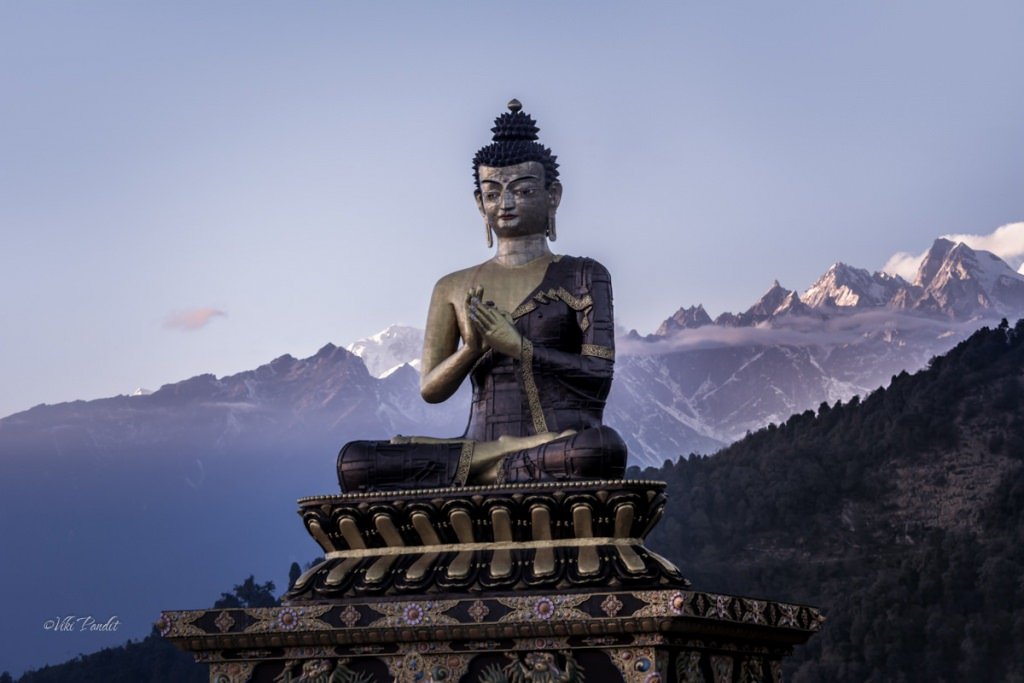

A Winters Tale II – Pelling
Follow my journey to Pelling, as we search the ruins of the Rabdentse, once upon a time, the seat of Sikkim’s monarchs. The stunning Kanchenjunga, the beautiful landscape and the rich heritage make Pelling a paradise on Earth.